Hot Products
- Lavender Essential Oil
- Jasmine Essential Oil
- Rose Essential Oil
- Ylang Ylang Essential Oil
- Patchouli Essential Oil
- Sandalwood Essential Oil
- Helichrysum Essential Oil
- Neroli Essential Oil
- Chamomile Essential Oil
- Clary Sage Essential Oil
- Eucalyptus Essential Oil
- Lemon Essential Oil
- Lemongrass Essential Oil
- Orange Essential Oil
- Peppermint Essential Oil
- Rosemary Essential Oil
- Tea Tree Essential Oil

<< Home << Myrrh Essential Oil
Myrrh Essential Oil
Myrrh Essential Oil
Classified as shrubs, Myrrh plant can grow up to 30 feet in height. The tree trunk exudes natural oleo resins. These resins are reddish brown in color and known as "tears" when hardened. To increase the yield of these resins, native collectors make incisions into the trees.
| General Name: | Myrrh Essential Oil |
| Botanical Name: | Commiphora Myrrha |
| Method of Extraction: | Solvent Extraction |
| Part of Plant Used: | Resin |
| Origin: | Egypt |
| Application: | Myrrh essential oil is believed to enhance spirituality and therefore it is used as an aid in meditation. • It is used as antimicrobial, antifungal, astringent and healing, tonic and stimulant, carminative, stomachic, anti-catarrhal. |
| Strength of Aroma: | Medium |
| Color: | Dark brown liquid. |
| Blends Well With: | Frankincense, Lavender, Patchouli, Palmarosa, Rose, Rosewood, Sandalwood, Thyme, and Tea Tree. |
| Aromatic Scent: | Warm, rich, spicy balsamic odor. |
| History: | Myrrh has been traditionally used for making perfumes and for embalming and fumigations by ancient Egyptians. Since 600 B.C, it is used in China as a wound herb and blood stimulant. Myrrh essential oil was used by ancient Greeks for healing the wounds. |
| Precautions: | Myrrh essential oil can be toxic if used in high concentrations, and should not be used during pregnancy. |





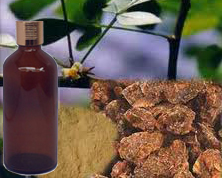

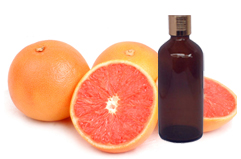
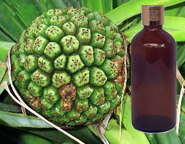
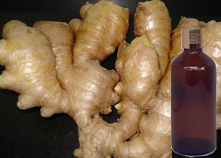
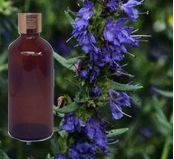

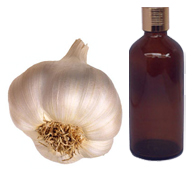
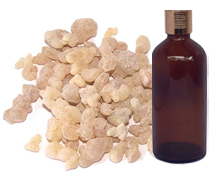
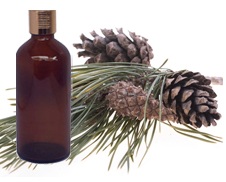
 E-mail:
E-mail:  MSN:
MSN: SKYPE:
SKYPE: